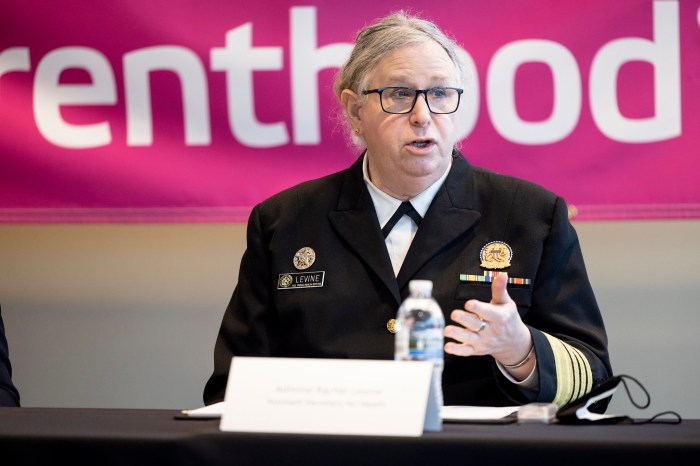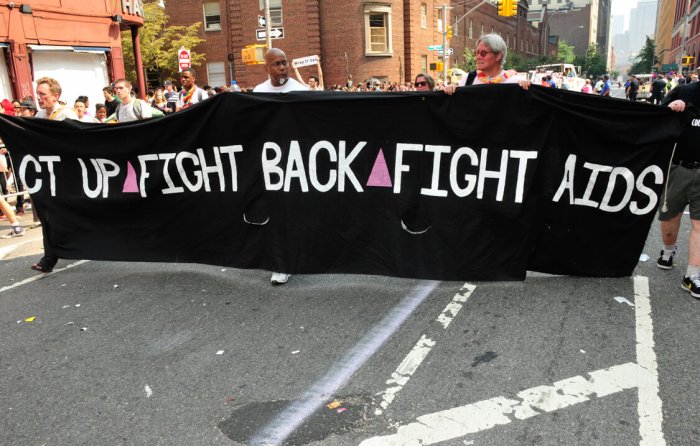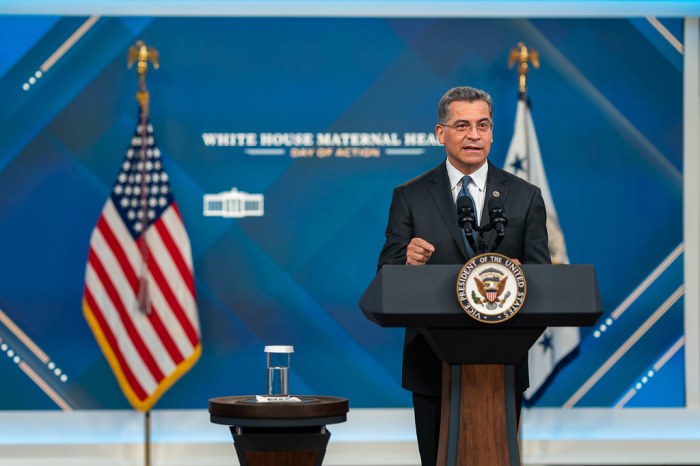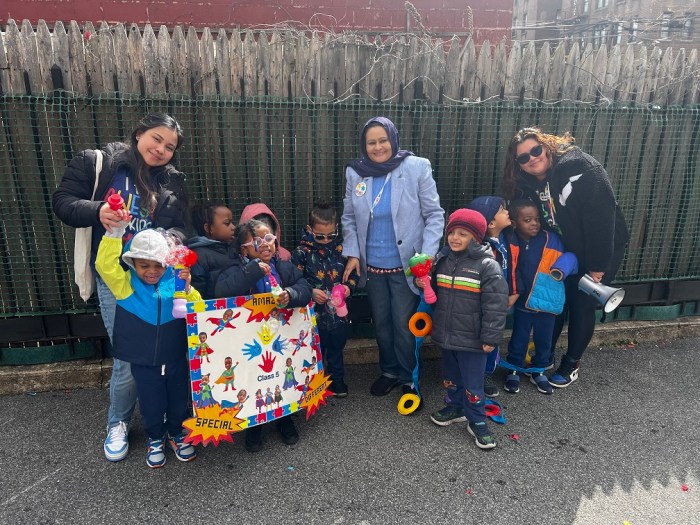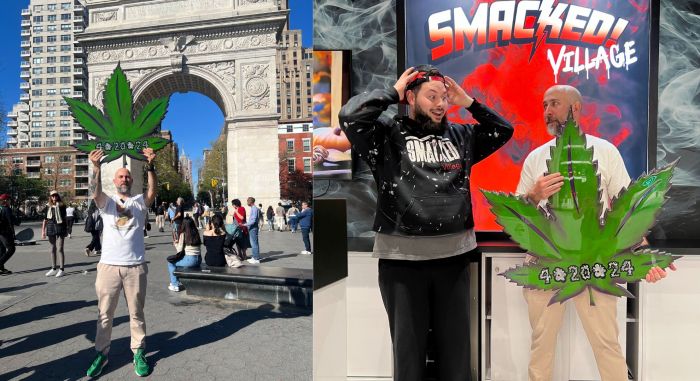New health department estimate higher than diagnoses.
By: DUNCAN OSBORNE | Using data from an HIV test that identifies new infections, the New York City health department estimated that 4,800 New Yorkers were first infected with HIV in 2006.
And the data show that the impact of the AIDS epidemic is felt disproportionately among New York City gay and bisexual men, who accounted for half of all new infections in that year.
“These numbers just reiterate, first of all, it's growing,” said Samantha Taylor, spokeswoman for the Gay Men's Health Crisis (GMHC). “There needs to be more targeted HIV prevention programs, the kinds of prevention and treatment programs that really get at the underlying factors which are contributing to the spread of HIV.”
Previously, the city health department knew from names reporting that 3,863 New Yorkers were newly diagnosed with HIV in that year, but those individuals could have been infected years before they tested positive.
The new estimate is based on blood samples tested by the federal Centers for Disease Control and Prevention (CDC) with the detuned assay, a type of HIV test that identifies new infections.
The New York City samples were part of a larger testing effort that produced a new estimate of the number of people nationally who were first infected in 2006.
On August 2, the CDC reported that there were an estimated 56,300 new HIV infections in 2006 and 53 percent of them were among gay and bisexual men. Another four percent were among men who have sex with men who inject drugs. The new estimate replaced CDC's old one of 40,000 new HIV cases annually.
In an August 27 press statement, the city health department estimated that 2,372 of the new infections were in men who have sex with men. Injecting drug users accounted for a remarkably low 372 cases, or eight percent, and heterosexual sex led to 1,043 new infection, or 22 percent. The remaining cases had unknown or other transmission risks.
Among gay and bisexual men, the new infections were evenly distributed, with white men accounting for 33 percent of the cases, African-American men accounting for 34 percent, and Latinos accounting for 32 percent. Overall, men accounted for 76 percent of the new HIV infections in New York City.
The city data also showed a split among gay and bisexual men by age and race that the health department has noted previously.
Among men who have sex with men under 30 who were newly infected, 44 percent were African-American and 33 percent were Latino. Among those men over 30, 39 percent were white, 27 percent were African-American, and 32 percent were Latino.
Among all gay and bisexual men, 65 percent of the new infections were in men over 30 and the rest were in men under 30. Thirty-three percent of the new HIV infections were in men aged 30 to 39, followed by 24 percent in men aged 40 to 49, and seven percent in men over 50.
“The news today is alarming particularly since the mayor and the City Council have approved a $5.5 million cut in HIV services,” GMHC's Taylor said. “There's still a woeful lack of education.”
Dennis deLeon, president of the Latino Commission on AIDS, commended the department for releasing the data, but warned that people would inevitably compare the new estimate to the old diagnoses data, a comparison that is not valid, and conclude that infections have increased.
“You have to be brave in doing this kind of report because people will say, 'Where was the health department?,” deLeon said. “This is going to cause them a lot of grief because people are used to talking about new diagnoses.”
The CDC said in early August that this new method of estimating annual new HIV infections would be the standard going forward.
“It's a good starting point for future estimates,” deLeon said.



























